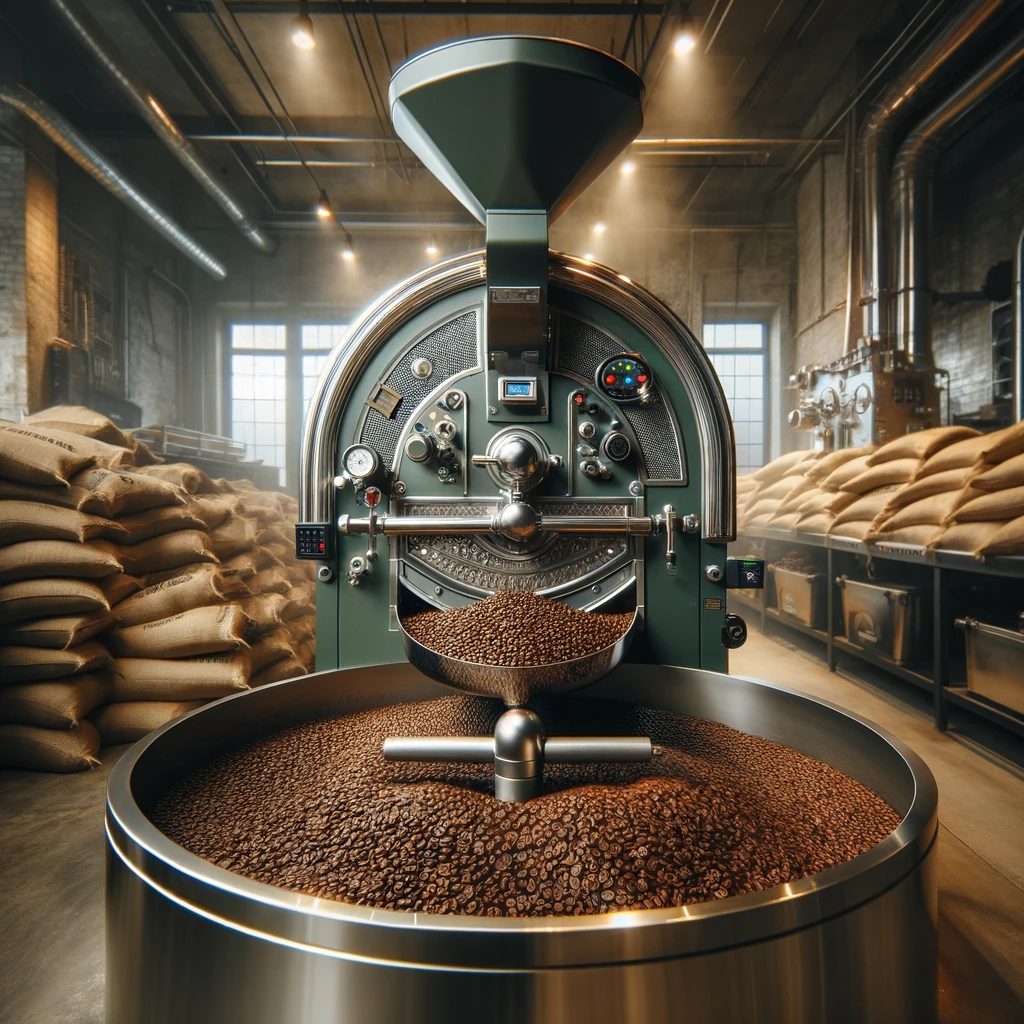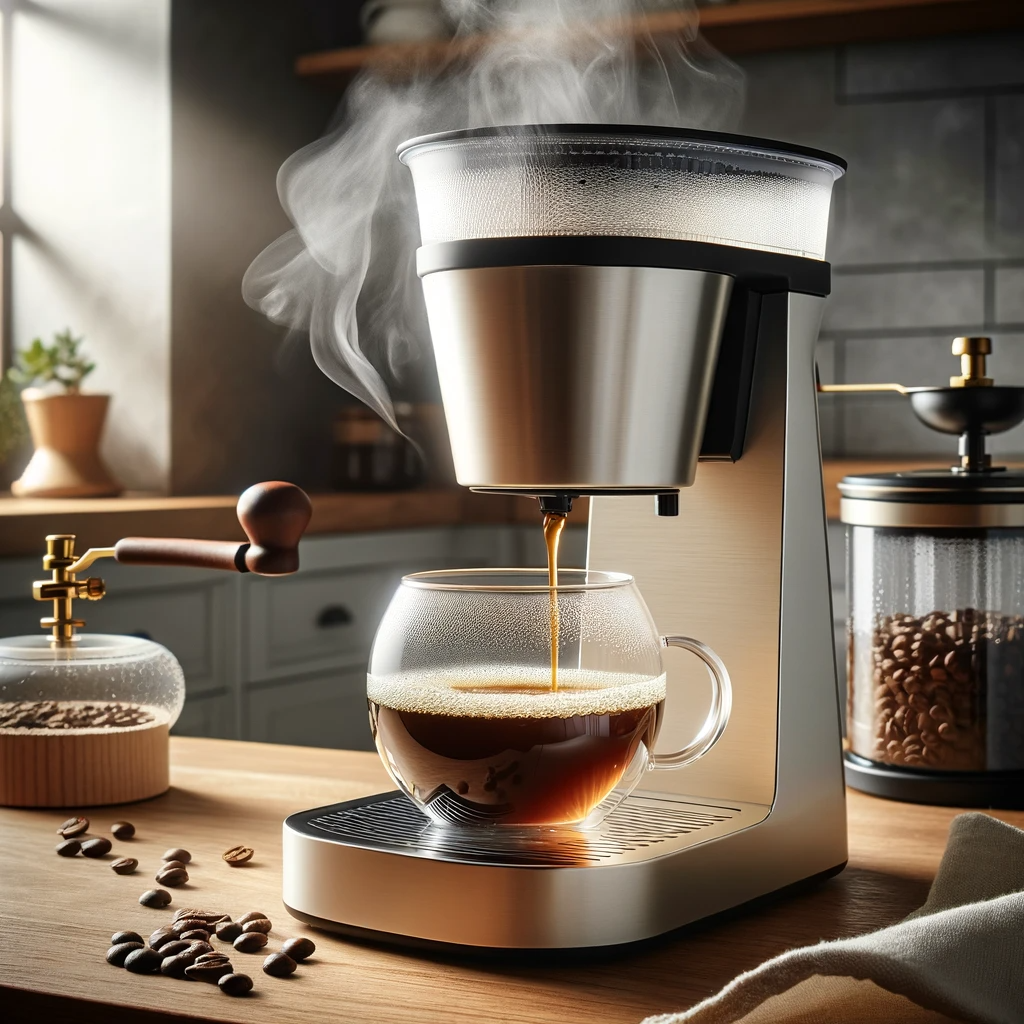From Bean To Pot
Coffee: it’s more than just a beverage; it’s a ritual, a source of comfort, and for many, an absolute necessity to start the day. The path that coffee takes from the bean to the cup involves meticulous care and precision, combining traditional techniques and modern technology. This journey is fascinating and rewards coffee lovers with the perfect brew they cherish every morning.
The process is intricate but can be broken down into easily digestible steps. From the initial planting of the coffee tree to the final pour, every detail contributes to the unique taste and quality of the coffee. Now, let’s delve into the extraordinary journey of the coffee bean.

The Journey of the Coffee Bean
Origin and Harvesting
The coffee journey begins with its cultivation in regions that provide the right altitude, climate, and soil conditions. The “Bean Belt,” which includes countries like Brazil, Colombia, Ethiopia, and Vietnam, is where the majority of coffee plants thrive.
Key factors in the harvesting process include:
- Picking: Choosing the ripest cherries either by hand or machine.
- Timing: Harvesting at the optimal moment for flavor development.
Processing and Roasting
Once harvested, coffee cherries undergo processing to extract the beans. Techniques vary, but here are the main ones:
- Dry (Natural) Processing: Sun-drying coffee cherries.
- Wet (Washed) Processing: Removing the pulp and fermenting beans to remove the mucilage.
After processing, beans are expertly roasted, a stage crucial for flavor development. Roasters must consider:
- Temperature: Typically ranging between 180°C to 240°C.
- Time: Varies depending on the desired roast level (light, medium, dark).

Modern Coffee Making Technologies
Recent advancements have revolutionized how coffee is made. One such innovation is the Thermoblock, a heating system used in modern coffee machines. Thermoblocks provide rapid heating and precise temperature control for the perfect extraction.
The significant contributions of technology include:
- Consistency: Ensuring each cup of coffee is the same.
- Convenience: Simplifying the brewing process for users.
Grinding Coffee: The Crucial Step Before Brewing
The grinder plays a pivotal role just before brewing. It’s essential to match the grind size to the brewing method to extract the right flavor notes. Coffee aficionados often choose between:
- Burr Grinders: Provide consistent grind sizes.
- Blade Grinders: Less consistent, but typically more affordable.
Grind size categories range from extra-coarse to extra-fine, each suited for different brewing methods such as French press, espresso, or pour-over.
Brewing the Perfect Cup of Coffee
Brewing coffee is both an art and a science. Various methods can be employed to suit individual tastes and preferences. Some well-known brewing methods include:
- Espresso: A concentrated form often used as a base for other coffee drinks.
- Pour-over: Allows for full extraction and clarity of flavor.
Home brewing tips to ensure the best experience:
- Water Temperature: Between 90°C to 96°C for optimal extraction.
- Ratios: Generally, a ratio of 1 gram of coffee to 16-18 milliliters of water is advised.
The Final Touch: Latte Art and Presentation
The beauty of a well-prepared coffee doesn’t end with taste; latte art adds an element of craftsmanship and aesthetic appeal. Techniques like free pouring or etching are used to create designs on the frothy surface of a latte.
To enhance the overall coffee experience, consider:
- Milk Steaming: Achieve the right microfoam texture for latte art.
- Practice: Latte art is an acquired skill that improves with practice.
Embracing Coffee Technology at Home
In the pursuit of a café-quality cup at home, many turn to high-tech coffee machines. These modern marvels are more accessible than ever and come with various features designed to bring out the barista in anyone.
Key elements of home coffee craftsmanship include:
- Automated Functions: Machines that handle tasks like tamping and milk frothing.
- Customization: Settings that allow control over strength and volume.
Conclusion
From the sprawling coffee farms to the delicate touch of latte art, the process of making coffee is a journey of passion and precision. It’s a celebration of tradition and innovation that culminates in a cup that can awaken the senses and comfort the soul. Explore the world of coffee, experiment with brewing methods, and embrace the convenience of modern coffee technology in your daily routine.

FAQs
What affects the flavor of coffee?
The flavor of coffee is influenced by various factors, such as the origin of the beans, the processing method, the roast level, and the brewing technique.
How does a thermoblock enhance coffee making?
A Thermoblock enhances coffee making by providing quick and consistent heating, essential for proper coffee extraction and flavor.
Can you make good coffee without expensive machines?
Yes, you can make good coffee without expensive machines by using manual brewing methods such as French press, pour-over, or AeroPress, which require precision and skill more than costly equipment.
Key Takeaways
| Stage | Description | Importance |
|---|---|---|
| Origin and Harvesting | Coffee starts its journey in the Bean Belt. Harvesting is done by picking the ripest cherries. | Determines base flavor characteristics. |
| Processing and Roasting | Beans are processed using either dry or wet methods. Roasting is tailored to desired flavor profiles. | Influences the complexities of aroma and taste. |
| Grinding | Grinders affect the consistency of the grind. Proper grind size is matched to brewing methods. | Essential for optimal flavor extraction. |
| Brewing | Various methods like espresso and pour-over extract different flavor notes. Correct ratios and temperature are key. | Affects the strength and nuances of the final cup. |
| Latte Art and Presentation | Techniques like free pouring create visual appeal in coffee drinks. | Enhances the overall experience. |
| Coffee Technology | Modern home machines have features for convenience and customization. | Makes artisan coffee more accessible to enthusiasts. |







